
The Aristocrats of Film Noir
Film Noir was never fundamentally a genre of shadows, but rather defined itself as a set of underlying attitudes and assumptions — All Talking Pictures were poised, Johnny-on-the-spot, to save the country; or to capture the ensuing madness when the stock market crashed in 1929. Instead of catching the fall of executives throwing themselves out of windows, Noir caught the fall of the masses down below. It’s tempting to posit Black Tuesday as the date of Noir’s metaphysical birth, and to suggest that economic calamity and advancing technology met for preordained reasons. Let us give in to that temptation.
After all, what other apostate canon could possibly have contrived a cinema where raw anger is so central; where, rendered visually, it is the prescription to discard standard canonical shorthand like “genre” or “classic” — spawning instead this previously unknown brood of redheaded stepchildren twisting in the womb of American moviedom? The films themselves cry out for a cinematic death. Pursued through abandoned industrial parks and labyrinthine sewer systems, Noir characters are born tickets punched, fate sealed. The black-listed, and therefore uncredited, Lionel Stander narrates 1961’s Blast of Silence, pronouncing “hate” more times than anyone has counted. Listen for the unmistakable echoes of Stander’s corroded instrument as this, the most prosperous nation of late modernity comes tumbling around us.
Long before the official beginnings of Noir in the Forties, Hollywood thrillers routinely used the visual tropes of dark shadows, low-key lighting, expressionist angles, and featured detectives, gangsters etc. What Noir added was a sense of corruption, of capitalist society gone awry (or, perhaps, working exactly as it was supposed to, to the detriment of honest citizens). Post-WWII, this served as a release of pent-up pressure: criticism of the status quo had been seen as unpatriotic during the war. Suddenly, it was acceptable, even desirable, to turn that righteous anger inward, against domestic problems. Veterans lugged their battlefield violence home with them, an American principle brought to new fruition. Or to quote dirty cop Detective Lieutenant Barney Nolan (Edmond O’Brien) in 1954’s Shield for Murder…
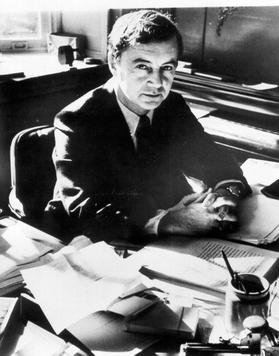
All the World’s a Stage
In 1988, a socio-linguist at the university of Pennsylvania posted a note on the departmental bulletin board announcing she had moved her late husband’s personal library into an unused office. Anyone who wanted any of the books should feel free to take them. Her husband had been the chair of Penn’s sociology department. They’d married in 1981, and he died the following year at age sixty. Normally you’d expect the books and papers to be donated to some library to assist future researchers, but she’d recently remarried, so I guess she either wanted to get rid of any reminders of her previous husband, or simply needed the space.
At the time my then-wife was a grad student in Penn’s linguistics department, and told me about the announcement when she got home that afternoon.
Well, had this professor’s dead husband been any plain, boring old sociologist, I wouldn’t have thought much about it, but given her dead husband was Erving Goffman, I immediately began gathering all the boxes and bags I could find. That night around ten, when she was certain the department would be pretty empty, my then-wife and I snuck back to Penn under cover of darkness and I absconded with Erving Goffman’s personal library. Didn’t even look at titles—just grabbed up armloads of books and tossed them into boxes to carry away.
As I began sorting through them in the following days, I of course discovered the expected sociology, anthropology and psychology textbooks, anthologies and journals, as well as first editions of all of Goffman’s own books, each featuring his identifying signature (in pencil) in the upper right hand corner of the title page. But those didn’t make up the bulk of my haul.
There were Catholic marriage manuals from the Fifties, dozens of volumes (both academic and popular) about sexual deviance, a whole bunch of books about juvenile delinquency with titles like Wayward Youth and The Violent Gang, several issues of Corrections (a quarterly journal aimed at prison wardens), a lot of original crime pulps from the Forties and Fifties, avant-garde literary novels, a medical book about skin diseases, some books about religious cults (particularly Jim Jones’ Peoples Temple), a first edition of Michael Lesy’s Wisconsin Death Trip, and So many other unexpected gems. It was, as I’d hoped, an oddball collection that offered a bit of insight into Goffman’s work and thinking.
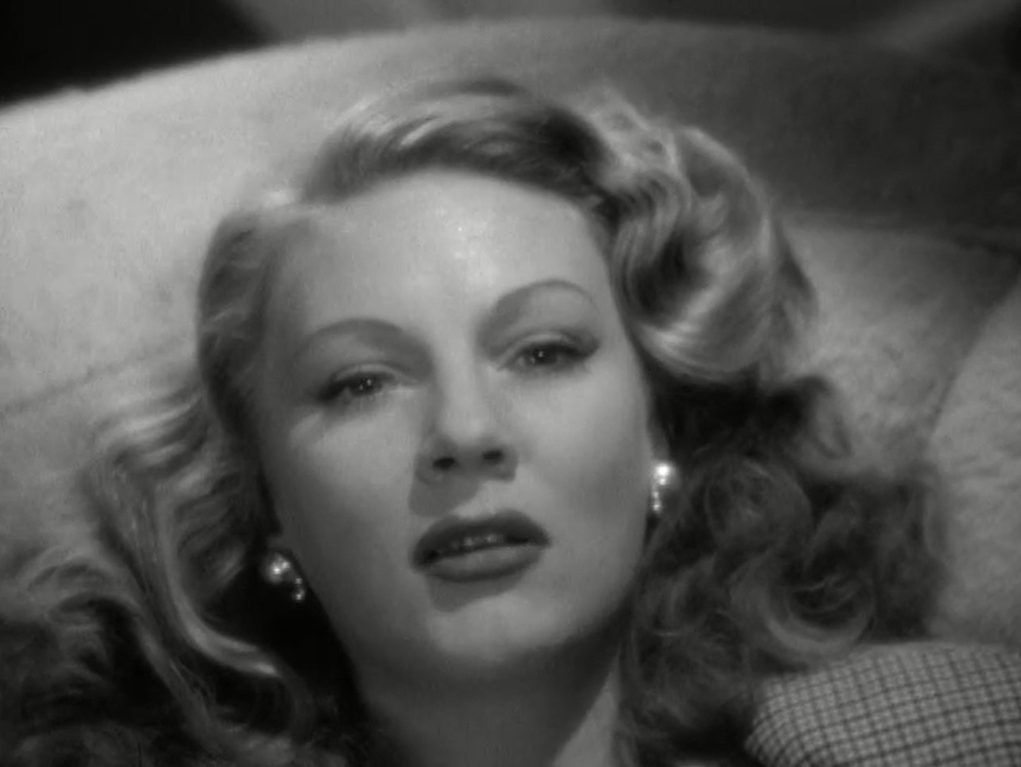
“I’ve Got Money Singing in My Brain!”: DECOY (1946)
It’s just one cruel joke after another. An executed man is brought back to life, only to be shot dead minutes later. A noble doctor who has devoted his life to serving the poor is seduced and duped by the world’s most avaricious woman, who shrewdly points out, “You like to smell the perfume I use. This perfume costs $75 a bottle.” Her partner in crime enjoys gloating over her victims, only to become one of them when she stomps on the gas pedal while he changes a flat tire. As she lies dying, the woman asks the cop who has hounded but reluctantly admires her to “come down to my level, just once”; then as he finally succumbs and leans in for a kiss, she laughs in his face. For a finale, the box of loot she died for turns out to be filled with worthless scrap-paper. It’s the decoy; so is she; and so is money, the love-substitute, sex-substitute, life-substitute that makes this grubby world go round.
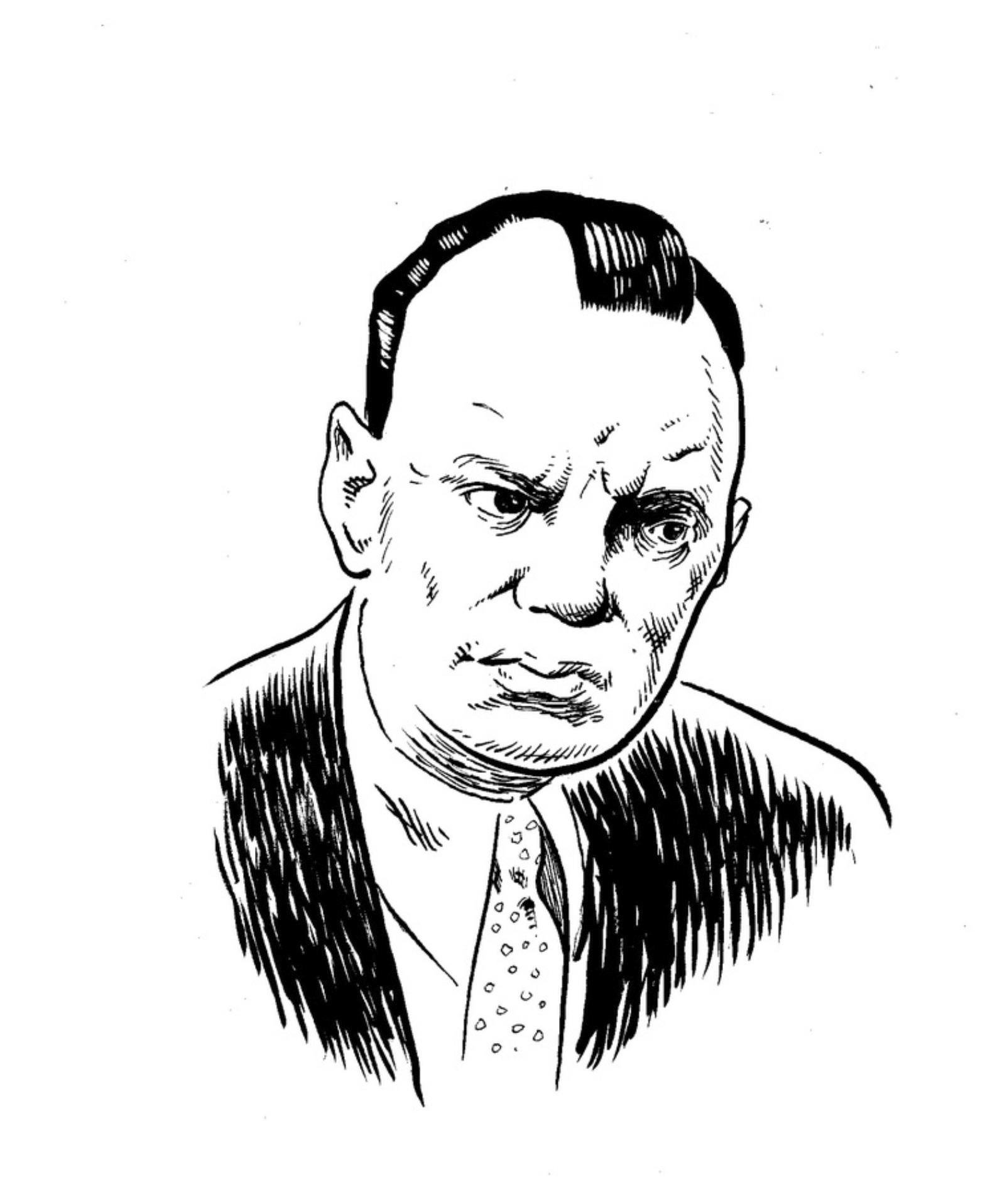
Cliff Edwards: He Did It With His Little Ukulele
Cliff Edwards is better known as Ukulele Ike, and best known as Jiminy Cricket. But cast an eye down his movie credits, from 1929 through 1965, and the names of his characters form a jazzy found poem of monikers. He was Froggy, Foggy, Owly, Pooch, Snipe, Bumpy, Screwy, Louie, Stew, Dude, Rooney, Snoopy, Pinky, Sleepy, Shorty, Runty, Speed, Tip, Tips, Hogie, Handy, Happy, Harmony, Nescopeck, Minstrel Joe, Banjo Page, Bones Malloy, and—my personal favorite—Squid Watkins. This slang menagerie says a lot about the off-beat appeal of one of the 20th century’s most unique and endearingly oddball talents.
Clifton A. Edwards was born in 1895 in Hannibal, Missouri, hometown of that other great American master of the nom de plume, Mark Twain. He grew up poor, selling newspapers on the street. A natural performer, he ran away and by 16 was singing in saloons and carnivals in St. Louis, where he picked up his nom de uke courtesy of a waiter who couldn’t remember his real name and dubbed him Ukulele Ike. He had adopted the tiny Hawaiian guitar and the kazoo so that he could accompany himself as an itinerant entertainer. He rose through vaudeville, teaming up with the comedian and eccentric dancer Joe Frisco, then achieved his first great success on Broadway in the 1924 Gershwin show Lady Be Good, starring Fred and Adele Astaire, in which Edwards introduced the hit “Fascinatin’ Rhythm.”
His trademark instrument, with its comical size and association with 1920s hot-cha frivolity, suited Edwards’ vaudevillian persona, but may have tended to obscure his serious gifts as a musician. He does get credit for being among the very first white artists who can truly be called a jazz singer; he knew how to swing a song and how to elaborate on it by scatting and imitating instruments—in his case, with wild kazoo-like choruses, bluesy muted-trumpet growls, and uninhibited yowls suggestive of a cat on a back fence. But Edwards could also croon a straightforward love song in a high yet natural tenor—pure, warm and unadorned—that is far from the ludicrously effeminate falsetto affected by many twenties crooners, or the limp, wan stylings of Rudy Vallee. He could even redeem sentimental pablum with his simple and tender delivery. Though he lacked suave looks or a husky, sexy voice like Bing Crosby’s, he brought vulnerability and honesty to love songs without ever slipping into the maudlin.

Méliès and “The Divisible Man”
Georges Méliès reimagined physics. And, in the process, put to shame Leonardo da Vinci’s Vitruvian Man. Renaissance empiricism was, momentarily, kaput. If one had a mind to catalogue Méliès’ ingenious transformations, then a plausible title might be “The Divisible Man”: detachable head, multiplying detachable head, expanding detachable head, the head as heavenly body, the body smithereened and reassembled… But of course a modern, tech-based art form like cinema makes “originality” itself suspect. Méliès cannibalized the works of Verne, H.G. Wells and Poe, or poached from their hunting grounds, without worrying in the least about copyright, and documented the same sorts of fantastic voyages to the moon, the south pole and the ocean floor, by outsize, inhabited artillery shell, by balloon or airship, rocket-train, or whatever fantastical machine could be cobbled together in his greenhouse studio. While the literary fantasists were somewhat concerned with credibility, with the science part of science fiction, the Frenchman with the upside-down head (bald top, hairy underside) focussed purely on visual possibilities: an idea was only any good if it gave you an IMAGE.
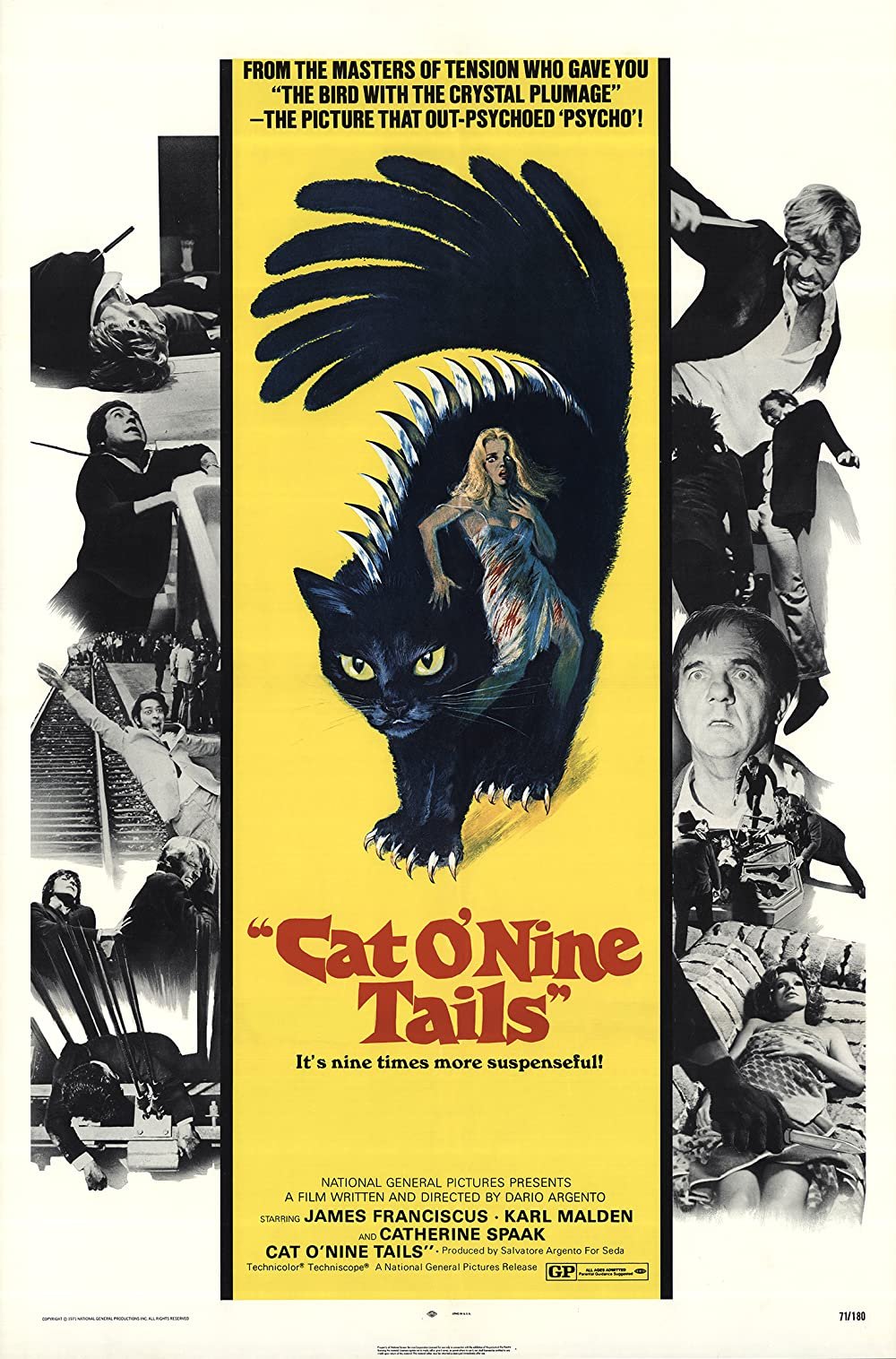
Ophelia by the Yard
Cobwebbed passages and wax-encrusted candelabra, dungeons festooned with wrist manacles, an iron maiden in every niche, carpets of dry ice fog, dead twig forests, painted hilltop castles, secret doorways through fireplaces or behind beds (both portals of hot passion), crypts, gloomy servants, cracking thunder and flashes of lightning, inexplicably tinted light sources, candles impossibly casting their own shadows, rubber bats on wires, grand staircases, long dining tables, huge doors with prodigiously pendulous knockers to rival anything in Hollywood.
Here was the precise moment — and it was nothing if not inevitable — when the darkness of horror film, both visible and inherent, leapt from the gothic toy box now joined by a no less disconcerting array of color. The best, brightest, sweetest, and most dazzling red-blooded palette that journeyman Italian cinematographers could coax from those tired cameras. Color, both its commercial necessity as well as all it promised the eye, would hereafter re-imagine the genre’s possibilities, in Italy and, gradually, everywhere else.

Death in Venice, California
On February 1, 1963, Night Tide lapped like an expressionist wave against the screens of American drive-ins and art houses, not to mention the Times Square grind house where Truman Capote saw, and absolutely treasured, Curtis Harrington’s 1961 opus. Night Tide rolls in with the satiny force of its leading lady, Linda Lawson, whose breathy voice expresses alien intensity lurking behind an opaque curtain of melancholia.
It had spent three years languishing in the can when distributor Roger Corman smuggled the unlikely masterwork into public consciousness, another of his now legendary mitzvahs to art. Throughout Night Tide, a strangely hushed invitation lingers in the air: "Come live above a merry-go-round, have breakfast with a hot sailor and an even hotter mermaid, spend hours with an old drunk captain, listening to the strange tales behind the morbid souvenirs of his life.”

Zoetic Leaves
It is the custom of illuminated manuscripts to transform sacred words into shimmering icons which break, easily, beyond the sensory limitations of simple text, rendering ordinary letters into evocative, animate visual forms that invite the eye to linger at the brink of transcendence, rather than standing at a distance, remote and unyielding, daring to be comprehended, accepted, believed. Strange and barely recognizable wildlife appears on vellum leaves, creatures that wind and unwind in ceaseless whirlpools of bejeweled abstraction. Or, if you prefer, these are the animated exoskeletons of snakes, dragons and waterbirds — Celtic and Germanic obsessions meeting the Apostles of Christendom. Emerging in the British Isles between 500–900 C.E., The Lindisfarne Gospels provide an arena, lapidary and starlit, where paganism devours Christianity while also birthing the religion anew into “motion pictures”.
Put simply, movies are books made from light, zoetic leaves and letters that move beyond their trellis, leaving us to decipher a purely visual enigma; one all the more impossible to contain within mortal consciousness because the light of this steadfastly irrational art has swallowed up the text.
There are those, however few in number, who have decoded this cryptic iconography, but mysteries remain, not unlike those mysteries — strange, delved, bewildering — contained within the gospels.
They are mysteries that urge upon us a wholly radical reconsideration of silent film; of the book in film, of whispering pages; pages fluttering like leaves. Of Stan Brakhage, who gave us a series of works entitled The Book of Film and otherwise seemed incapable of regarding the universe independent of its sensual properties. Of Hollis Frampton and Peter Greenaway. Certainly of Robert Beavers, who incorporates the sound and motion of turning pages — placed in relationships and analogies with other actions — and the moving of birds wings in flight. This is not the middlebrow idea of film as purely narrative-bearing text. It is Mallarme’s concept of the book, the Proustian notion of the book. It is its ultimate realization, par excellence, and by far the most apposite. The films of David Gatten, which deeply engage with the idea of the book, the history of books. These are works that require different modalities of reading/touching words and saccadic rhythms involving different velocities of hyphenation and partial retention and compound phrases through the softest of collisions.

A Genesis Out of Light
Would it be preposterous to argue that movies are essentially projected books, books made out of light? Even weirder, let’s entertain the idea that Jules Verne’s science-fiction imagery, which finds itself transfigured early in the development of cinema, is not alone: the audience — you, me and everyone watching — dissolves into moving illustrations. “Motion pictures”. A horrifying thought if we “foolishly” believe that our three-dimensional selves could squish, flatten (and like it!).
Dating at least as far back as Georges Méliès, the cinema of bodily transformation did not necessarily equate with “horror” per se. The horror film was eventually codified as genre from the cinema of bizarre attractions exemplified by Lon Chaney, master of grotesque makeups and bodily contortions, but in the early cinema it was standard procedure to have one's detached head inflated to fill the room (The Man with the India Rubber Head) or multiplied into a row of bodiless noggins, singing or rather mouthing in harmony (The Four Troublesome Heads). Then came Nosferatu, preordained to shimmer on-screen. Vampires, immortals of the night, slain by sunlight, rose out their tombs in the movie theaters of the 1920s and never returned. They sit next to us in the dark, having ceded the power of hypnotism to the glowing screen itself. Photochemical vagaries invariably allow movie darkness to behave in uncanny ways; as if the physical properties of film followed no rules, and thus invited us to accept its essential anarchy without question. Before us, the darkness GLOWS.

Women of Letters
The first time I saw Letter from an Unknown Woman, I admired its craft and atmosphere but hated the story, about a woman who wastes her life in abject devotion to an unworthy man. A decade later I saw the film again, and found it as different as the heroine finds her beloved after ten years. Now it was not a tale of unrequited love, but a devastating anatomy of the illusions that lie at the heart of romance and even at the heart of our identities. The self-sacrificing woman and the self-absorbed cad both throw their lives away on false ideals, but their lives still have weight and beauty—so even do their ideals.
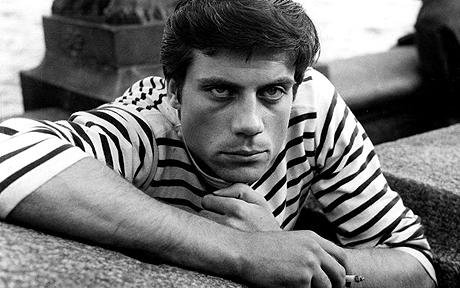
The Unquiet Man
"I know what you're going to do," director Richard Lester told actor Oliver Reed before a take, "You're going to whisper three lines and shout the fourth." And indeed, Reed, nephew of the esteemed filmmaker Carol (The Third Man) Reed, would boast of being "the sound man's enemy" due to his unpredictable delivery: because sometimes, in fact, it might be the third, or second, or first line that got shouted.

Night Tide
Canonical stature is both fragile and contingent, and that’s why powerful institutions seek to shore up the various canons with rankings and plaudits. We’ll play along by asserting that one of our favorite “B” movies was originally screened by Henri Langlois at the Cinematheque française with Georges Franju in attendance. Night Tide (1961) was an unlikely contender for this particular honor—shot guerrilla-style on an estimated $50,000 budget, and intended, at least by its distributors, for a wider, less demanding audience seeking mostly air-conditioned escapism.

